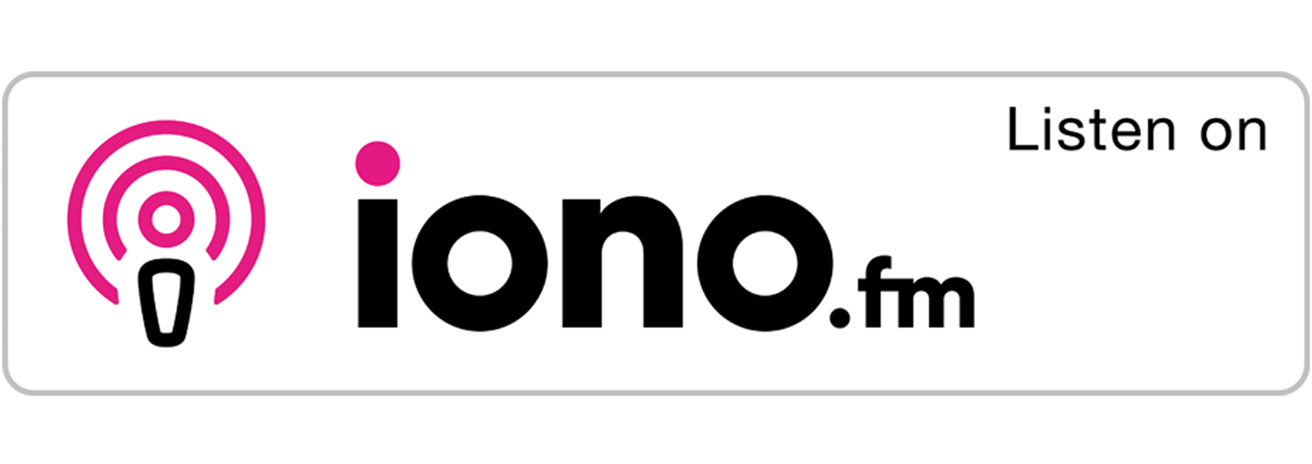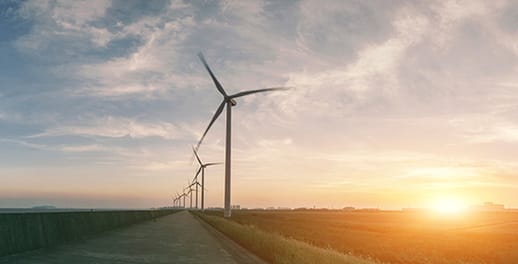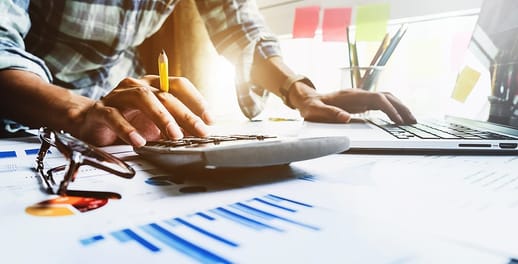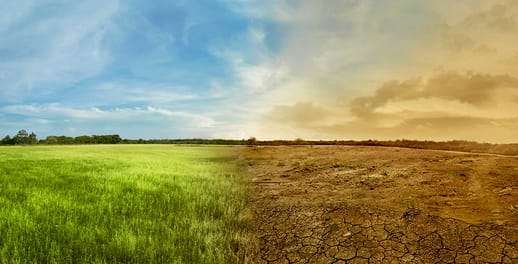Receive Focus insights straight to your inbox
Welcome to Cape Town! If you landed at Cape Town International Airport last year, you would have found that there was no water in the taps for travellers to splash their tired faces with. The warnings were stark: Day Zero, the day water was to run out, was days away. Capetonians had to endure two-minute showers and standing in queues for water rations at public standpipes, while in hotels, plugs were removed from baths and towels were replaced only when needed.
While the drought in Cape Town captured the attention of South Africans – and, as a top tourist destination, the world – the city's situation is not unique to the country, nor was it a once-off event.
The stark reality is that SA is a water-stressed country. If research is to be believed, at current levels of consumption, it is expected that by 2035, water demand will exceed supply by 10%.
In a podcast with Investec Focus Radio, Andre Wepener, Investec’s head of Power and Infrastructure Finance, says we can draw on international experience to resolve this.
Listen to podcast
How to avert another Day Zero scenario
Subscribe to Investec Focus Radio SA
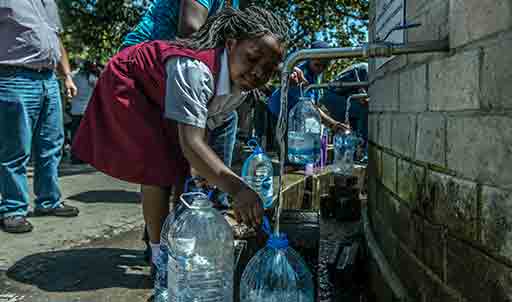
During the drought of 2017/18, hundreds of Cape Town residents were forced to line up overnight to stock up on water from natural springs.
Saudi Arabia, Israel, Spain and Australia have all implemented interesting solutions, from low-tech to innovative, which can easily be adapted to our country.
"There are some exciting new technologies and innovation in the water space. One of these is atmospheric water generators, which essentially takes humidity out of the air and produces drinking water. It's costly and it's quite a small-scale solution, but it's certainly one of the ones that we can consider," Wepener says.
Solutions to water scarcity
There are others solutions, too. Municipal water reuse could mean treating wastewater for agricultural or human consumption. Rainwater harvesting at a household level can be treated for drinking water, or to fill swimming pools and water gardens.
"But this can also be done on a larger scale, at a municipal level, where stormwater drains could be used to collect rainwater – and it could be pushed back into the grid if it's treated," Wepener says.
The idea of towing an iceberg 2 000km from Antarctica to Cape Town has even been floated.
"Desalination is obviously the big buzzword. It's attractive because it's the only real solution that's totally independent of rainfall – because you're taking water out of the sea," he says.
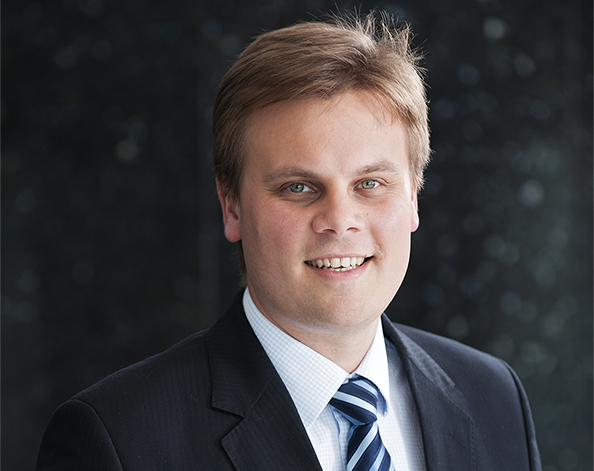
Desalination is naturally the big buzzword. It's attractive because it's the only real solution that's totally independent of rainfall.
A four-pronged approach to saving water
What's needed, according to researchers, is a coherent policy which tackles all four pillars of sustainable water usage: tariff structures, public education, water-saving technology and water restrictions.
“Currently, water in SA is governed at various levels of the government: municipal, provincial and national. It causes confusion and disagreements among these various levels, which prevents us from finding viable solutions," says Wepener.
"This is leakage, often owing to poor operation and maintenance of the systems. It's also commercial losses from meter tampering and other forms of theft or unbilled consumption."
It will also take political and administrative will to deal with at least one major problem of what's known as non-revenue water. That's really the difference between the amounts of water in the distribution system and the amount that ultimately gets billed to customers.
"In SA, our non-revenue water is, as of 2017, estimated to be 41% of the water in our system," he says. International best practice puts this loss at 15%, while other water-stressed countries like Australia keep it down to 10%.
"This is leakage, often owing to poor operation and maintenance of the systems. It's also commercial losses from meter tampering and other forms of theft or unbilled consumption."
Whatever form water policy takes, it is in need of urgent attention, or crazy notions like the towing of icebergs to Cape Town may become a reality.




